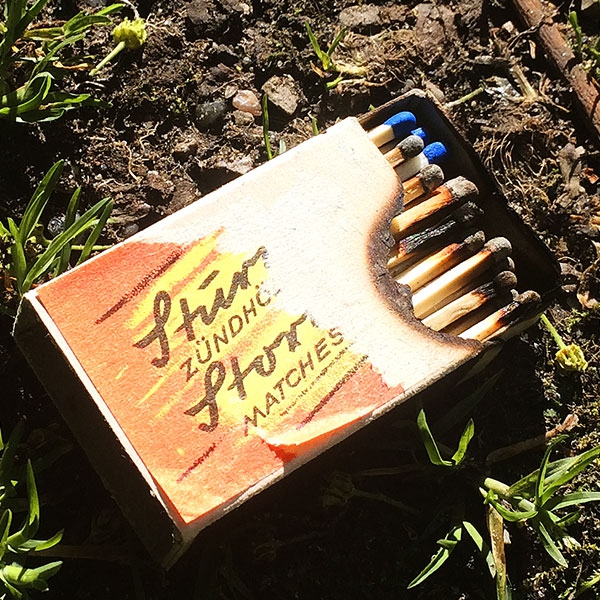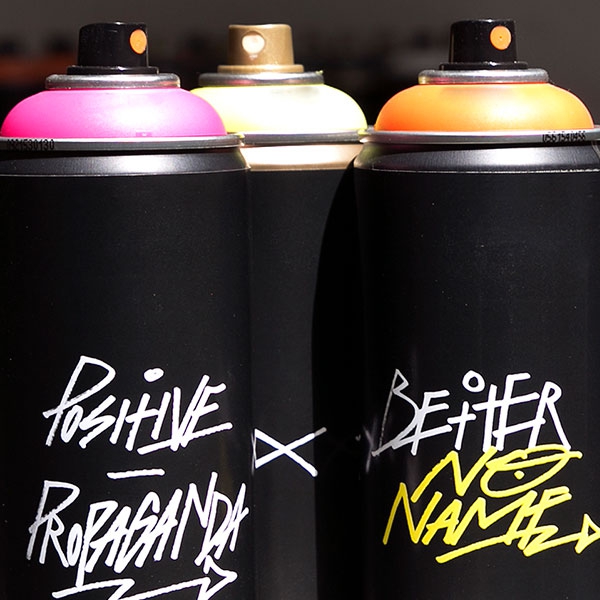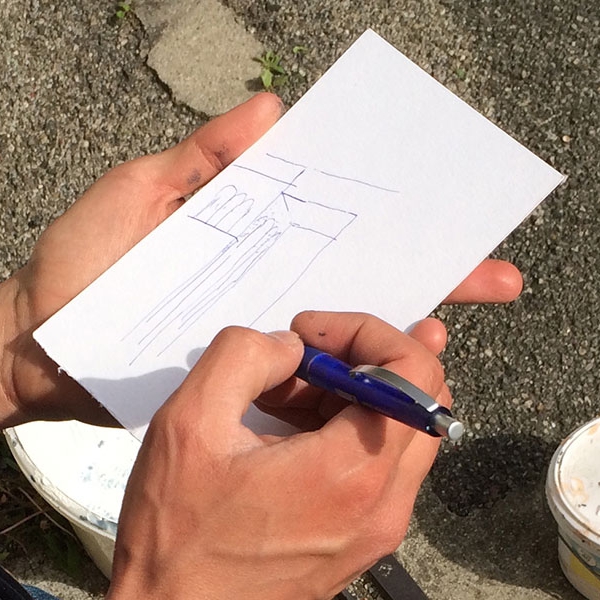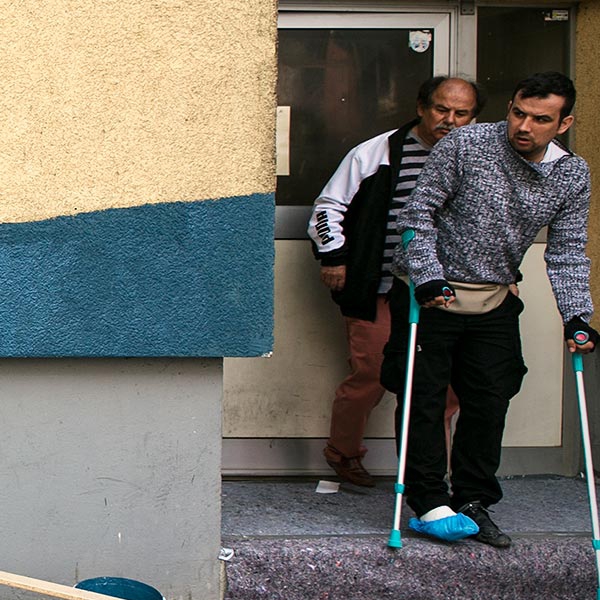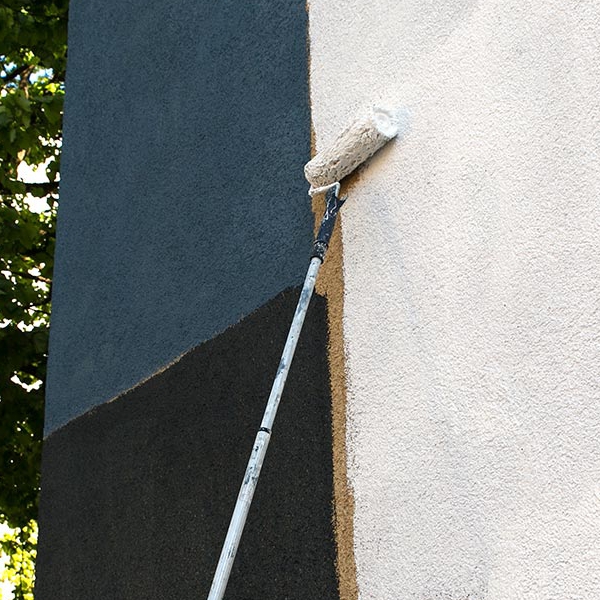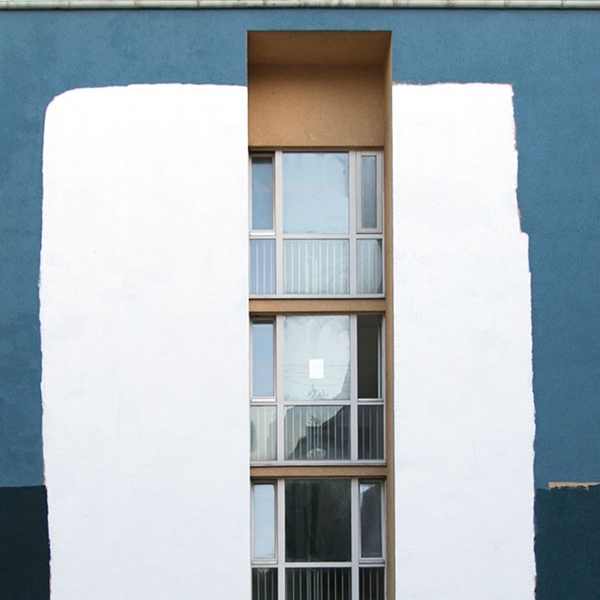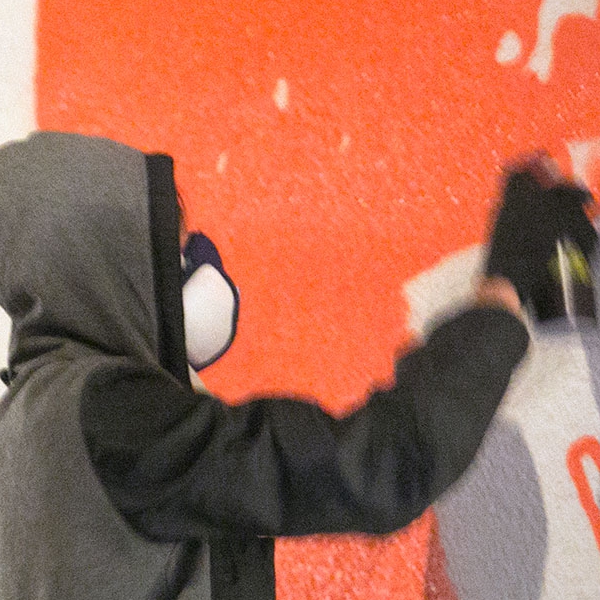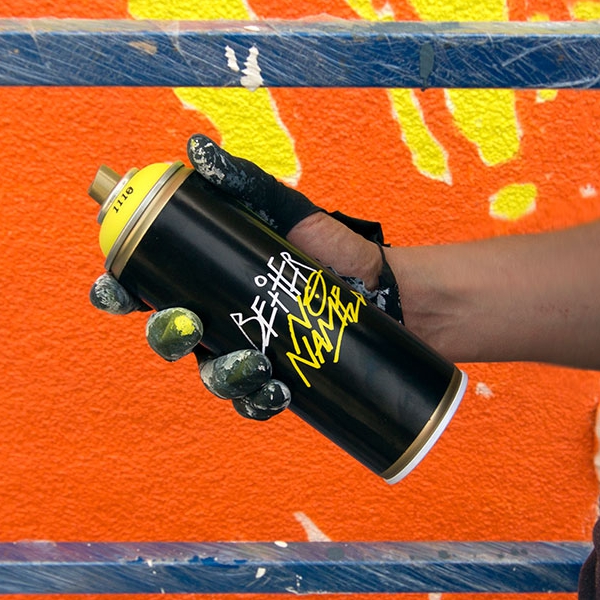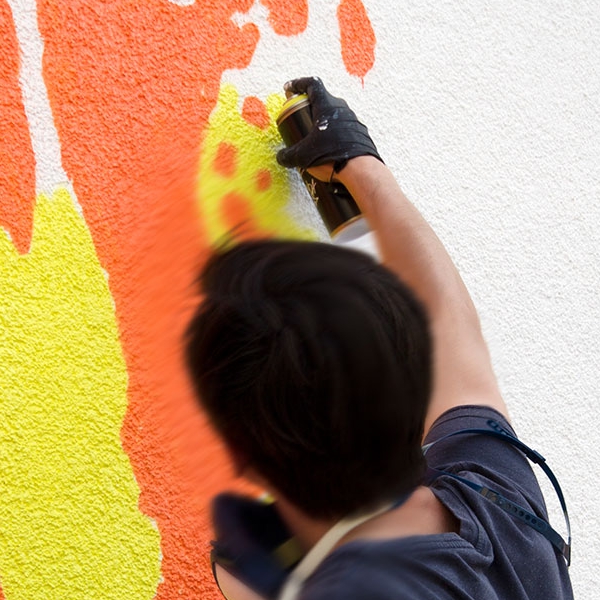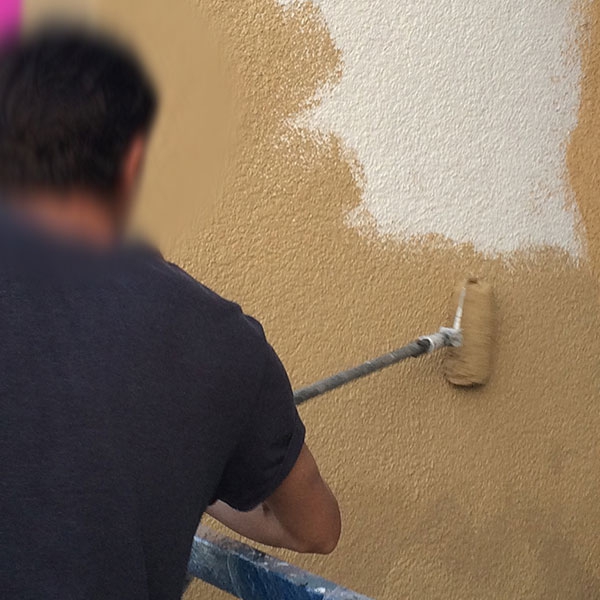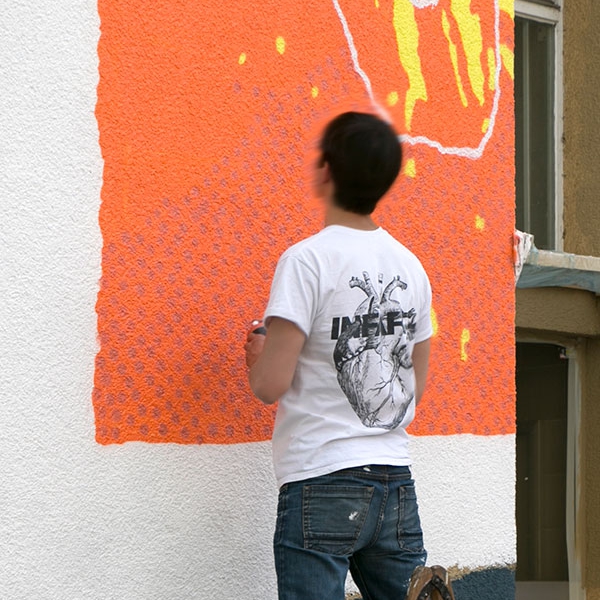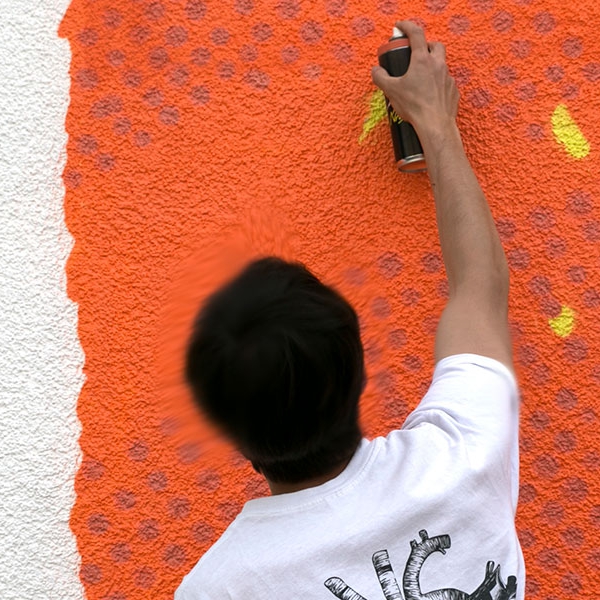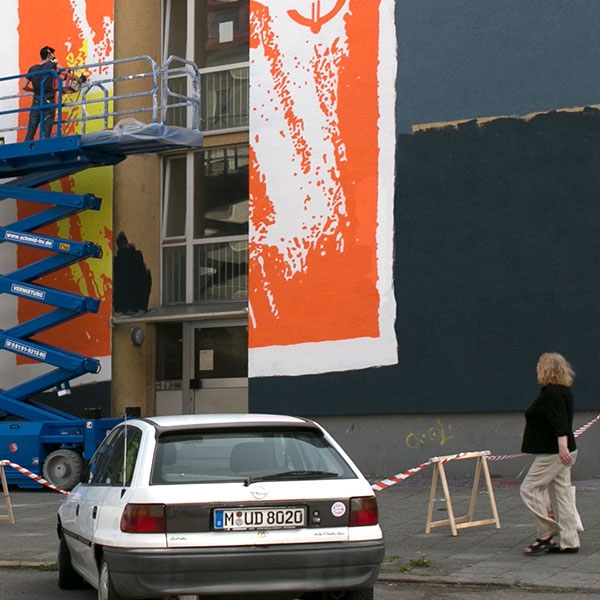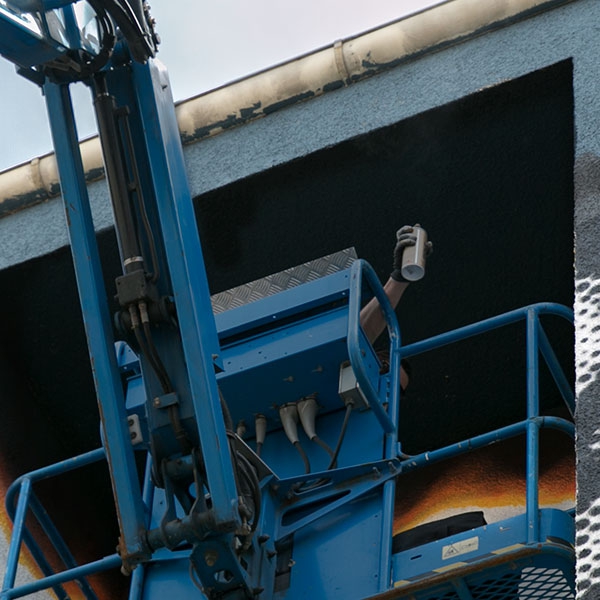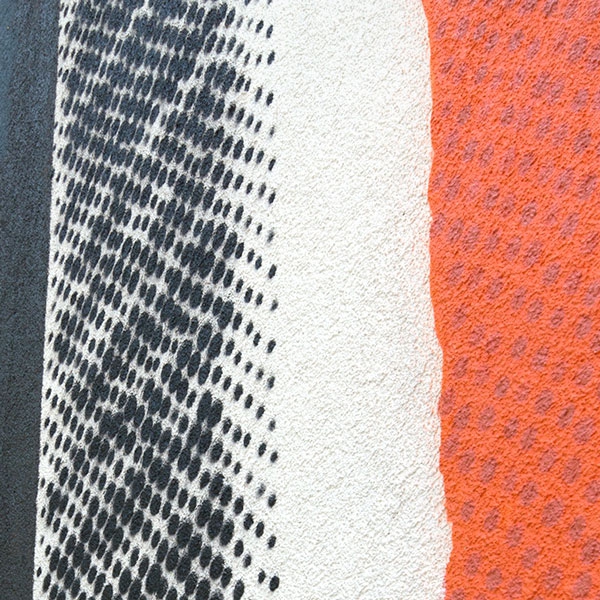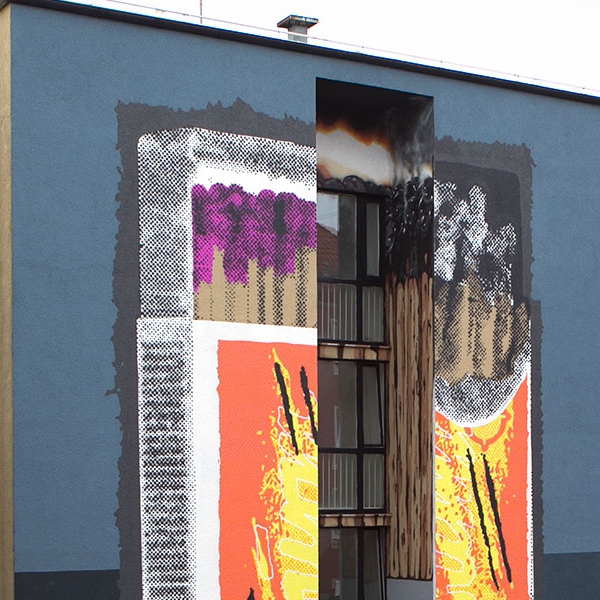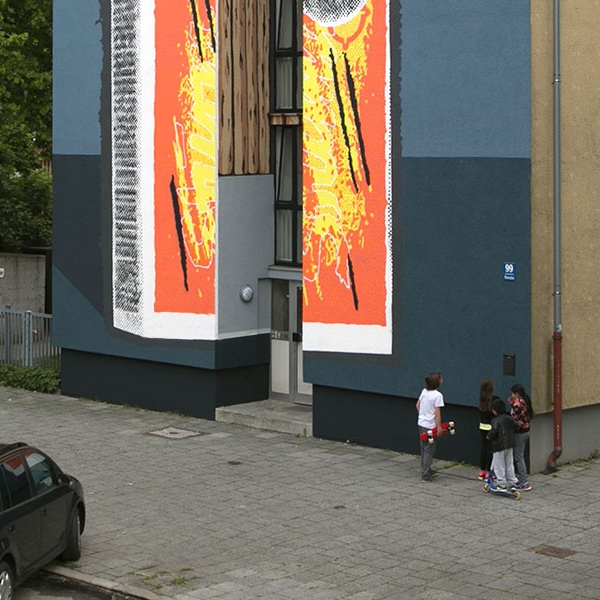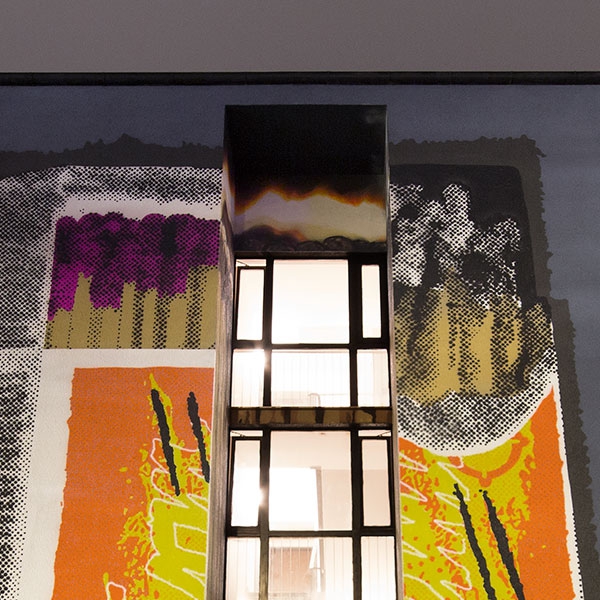These days, when we speak of socially deprived areas in Munich, many people think of problem neighbourhoods like Hasenbergl or Neuperlach, where in the 1960s and 1970s grey housing estates consisting of prefabricated blocks of flats sprung up like mushrooms from the ground, forming concrete jungles that are void of inspiration.
But due to their central location and appealing urban architecture, former “problem areas” like Haidhausen (on the eastern banks of the river Isar) and the Glockenbachviertel (in the heart of Isarvorstadt, a district located south-east of the historic city centre) have transformed into sought-after ‘in’ neighbourhoods where there is now barely any space for financially disadvantaged people – both in terms of rent prices as well as social contact opportunities. If we look at it objectively, the result is a “hedonistic bohemian monoculture”.
Potentially, a similar fate is also threatening Westend, which, with its dozens of import-export businesses and Turkish greengrocers, was once known for its ethnic and cultural diversity. But unlike in Ludwigvorstadt (the district located south of Munich’s central train station and east of the Theresienwiese), here there are still one or two “dark corners”, which, however, cannot really be perceived as socially deprived areas anymore. Especially when one considers the creative and social potential of their residents and the extensive renovations of the many older, period properties surrounding them. And this mural, measuring over 10 metres high, is dedicated to these people, their social exclusion and often underestimated potential and passion.
The street art-activist NoName was inspired by an old matchbox with the word “Sturm” on it, which the artist found at a playground in the inner courtyard of the building complex at Westendstrasse 99 during his last visit to Munich.
As a reaction to the – as he calls it – “visual pollution” of urban spaces caused by advertising billboards and the endless repetition of logos and product placement, NoName has deliberately refrained from “branding” his mainly unauthorised artworks in public spaces with a name. Instead he wants to use his work to encourage the observer to sit up and become active themselves.


















